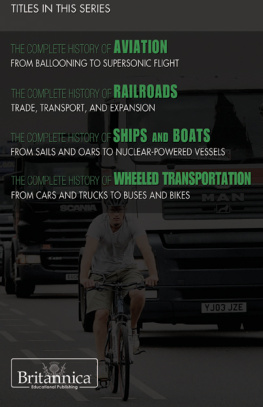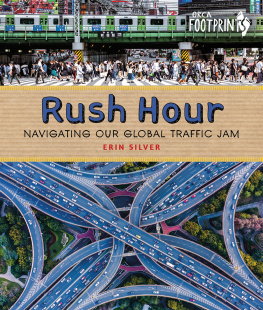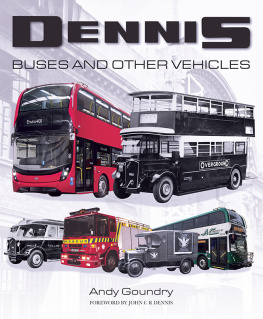THE COMPLETE HISTORY OF
WHEELED TRANSPORTATION
FROM CARS AND TRUCKS TO BUSES AND BIKES
TRANSPORTATION AND SOCIETY
THE COMPLETE HISTORY OF
WHEELED TRANSPORTATION
FROM CARS AND TRUCKS TO BUSES AND BIKES
EDITED BY ERIK GREGERSEN, ASSOCIATE EDITOR, SCIENCE AND TECHNOLOGY

Published in 2012 by Britannica Educational Publishing
(a trademark of Encyclopdia Britannica, Inc.)
in association with Rosen Educational Services, LLC
29 East 21st Street, New York, NY 10010.
Copyright 2012 Encyclopdia Britannica, Inc. Britannica, Encyclopdia Britannica, and the Thistle logo are registered trademarks of Encyclopdia Britannica, Inc. All rights reserved.
Rosen Educational Services materials copyright 2012 Rosen Educational Services, LLC.
All rights reserved.
Distributed exclusively by Rosen Educational Services.
For a listing of additional Britannica Educational Publishing titles, call toll free (800) 237-9932.
First Edition
Britannica Educational Publishing
Michael I. Levy: Executive Editor
J.E. Luebering: Senior Manager
Adam Augustyn: Assistant Manager, Encyclopdia Britannica
Marilyn L. Barton: Senior Coordinator, Production Control
Steven Bosco: Director, Editorial Technologies
Lisa S. Braucher: Senior Producer and Data Editor
Yvette Charboneau: Senior Copy Editor
Kathy Nakamura: Manager, Media Acquisition
Robert Curley, Manager, Science and Technology
Rosen Educational Services
Jeanne Nagle: Senior Editor
Nelson S: Art Director
Cindy Reiman: Photography Manager
Karen Huang: Photo Researcher
Brian Garvey: Designer
Matt Cauli: Cover Design
Introduction by Laura Loria
Library of Congress Cataloging-in-Publication Data
The complete history of wheeled transportation : from cars and trucks, to buses and bikes/
edited by Erik Gregersen.--1st ed.
p. cm. -- (Transportation and society)
In association with Britannica Educational Publishing, Rosen Educational Services.
Includes bibliographical references and index.
ISBN 978-1-61530-728-9 (eBook)
1. Motor vehicles--History. 2. Transportation--History. I. Gregersen, Erik.
TL15.C66 2012
629.04609--dc23
2011036050
On the cover: A cyclist riding alongside a line of trucks in London, July 2008. Peter Macdiarmid/Getty Images
On pages -xi: A wood wheel from the Copper Age, excavated in Zurich, Switzerland, dwarfing a model of an early cart. Kenneth Garrett/National Geographic Image Collection/Getty Images
Pages iStockphoto/Thinkstock
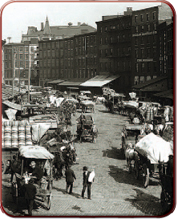

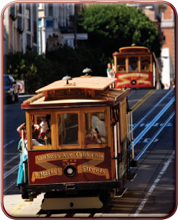
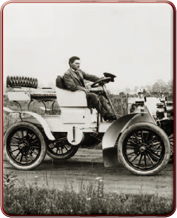
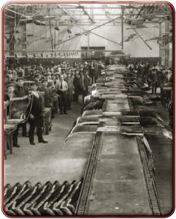
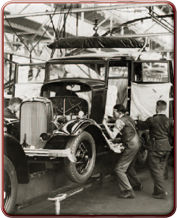

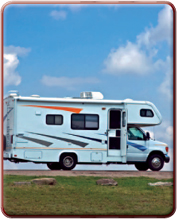
.
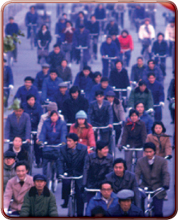

INTRODUCTION
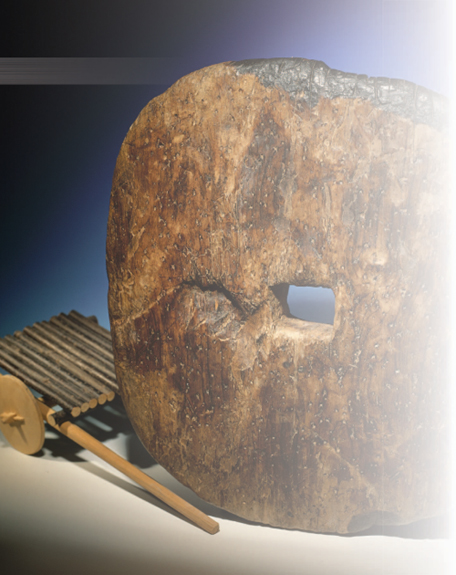
T here are a number of inventions that have changed the course of history. One of the most significant among their number is the wheel. This circular and singular innovation first came to light thousands of years ago, yet it continues to be of vital importance in everyday modern life. The wheel has changed how virtually everything is done, most notably regarding the transportation of people and goods. This book takes a careful and considered look at the invention, design, and evolution of an assortment of wheeled vehicles throughout the ages. Rounding out the coverage is an overview of the roadways upon which these vehicles have traveledfrom the earliest rutted dirt paths to the modern highway systems created by industrialized countries.
Wheeled vehicles have made life easier for mankind since their first appearance; pictographs in Mesopotamia indicate that wheeled transport had been a reality as early as 3500 BCE. The wheel itself has changed little over time, but the conveyances built upon this basic structure have undergone numerous alterations. One of the earliest, the cart, was a simple two-wheeled vehicle typically pulled by a draft animal. Carts were used to haul loads that proved far too heavy for humans to carry unaided. The chariot, on the other hand, was designed specifically to transport people. It was primarily used for military and ceremonial purposes.
The wagon, a refinement of the cart, came into use in the 1st century BCE and retained its importance as a means of transportation for both passengers and cargo well into the 20th century. During the Middle Ages, improvements to the comfort, handling, and speed of wagons, such as pivoting axles and modified suspension systems, made the wagon versatile and desirable for long-distance travel. A variety of wagon models were manufactured from the 18th century on. For instance, the Conestoga wagon, made in Lancaster, Pa., featured a curved floor and white canvas top, and had a six-ton carrying capacity. The 19th-century spring wagon had a spring-loaded rear gate that allowed for easy loading and unloading of cargo.
As more people turned to wheeled vehicles for personal transportation (as opposed to simply hauling goods), passenger comfort became increasingly important. Wagons began to incorporate crude suspension systems as early as the Middle Ages. Fourteenth-century horse-drawn carriages featured large rear wheels and a shaped body that allowed for a smoother ride. Steel springs and leather braces replaced simple straps as a means of suspension, leaving passengers less jarred as the carriages and coaches in which they rode traveled early dirt roads.
By the 19th century, the stagecoach was the preferred way to travel long distances in the United States, at least until the advent of railroads in the 1840s. The buggy, a four-wheeled carriage for two passengers, was popular in the late 19th century, primarily because mass production of the vehicles meant they could be purchased at a reasonable price. In cities, streetcars (also known as trams or trolleys) connected to rails and cables were a convenient way to travel short distances. They were first drawn by horses but later converted to electricity.
Next page
